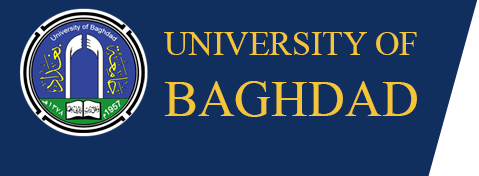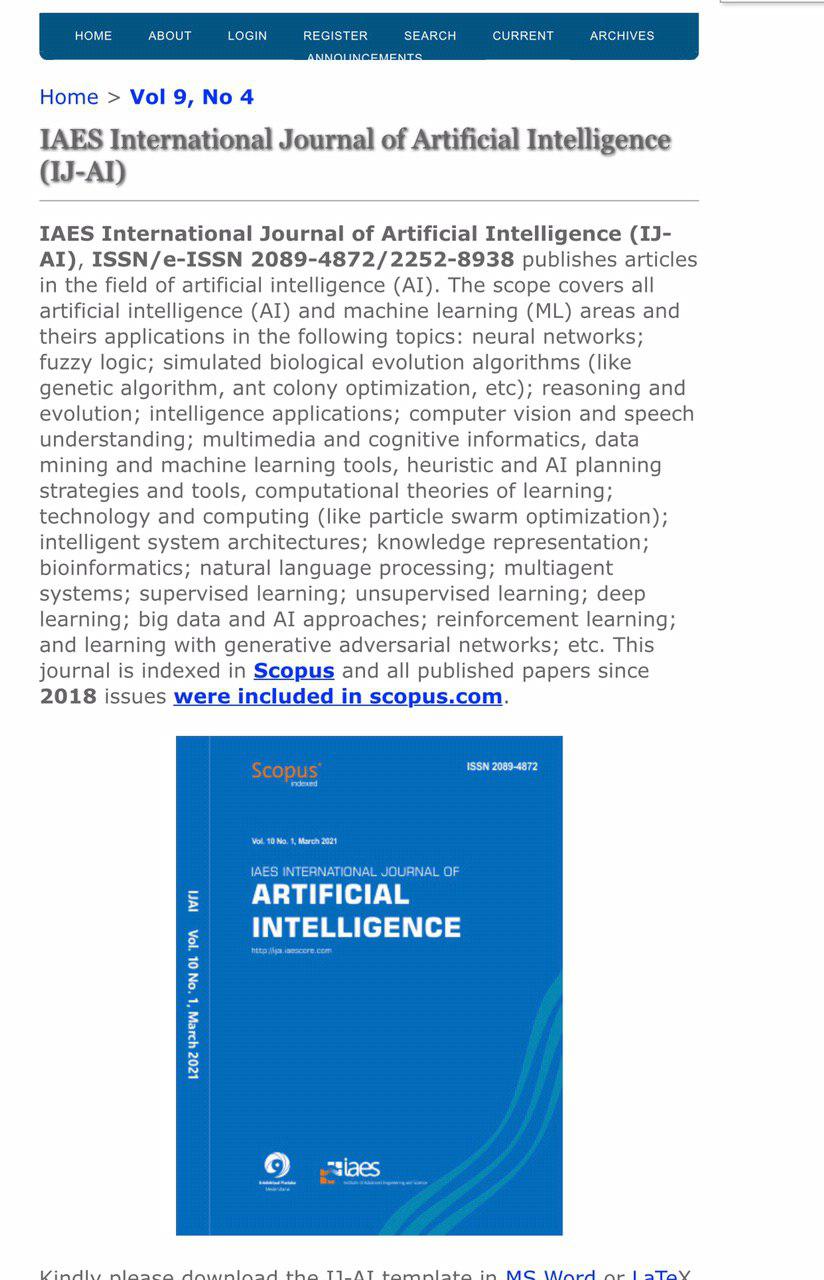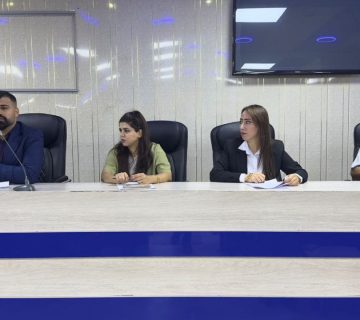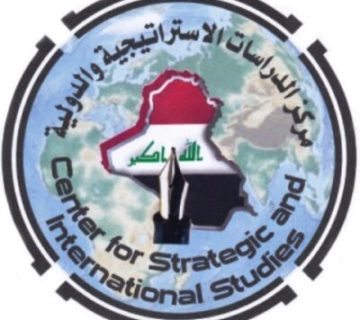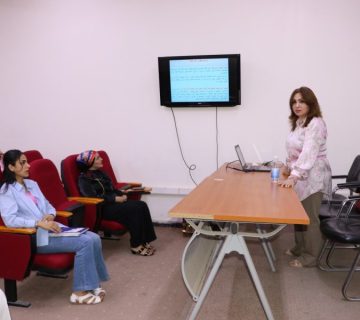Dr. Ahmed Mohammed Lotfi Al-Imam, a professor at the college of medicine at the University of Baghdad has published a research paper entitled (Conflicting opinions in connection with digital superintelligence) in IAES International Journal of Artificial Intelligence (IJ-AI) in Scopus and Scimago-SJR.
The research aimed at defining the Kardashev Scale and its link to manufactured intelligence through measuring a civilization’s level of technological advancement based on the amount of energy they are able to use. The measure was proposed by Soviet astronomer Nikolai Kardashev in 1964.
The researcher asserted that we are approaching a first-type civilization on this scale and that super-artificial intelligence can correspond to the future human civilization of the highest pyramidal Kardashev scale.
The Iraqi researchers surveyed public opinion around the world, compared to their counterparts in Poland in terms of artificial & super-intelligence. Also a combination of cross-sectional and longitudinal analytics of multiple databases and Google search engine has been implemented. The geographic maps of Surface Web users interested in artificial intelligence revealed the top 10 contributors, including Iran, Mexico, Colombia, Brazil, India, Peru, South Africa, Romania, Switzerland and Chile. Developing countries accounted for 54.84% of the total map, and Poles were less enthusiastic about artificial & super-intelligence than the rest of the world.
It has also been warned that future technological innovations are accelerating towards artificial intelligence and it can be pessimistic, as superior intelligence can make most human activities vulnerable to extinction or obsolete. However, the integration of artificial intelligence with humans, through brain-computer interface technologies can be preventive. However, the legislation is mandatory for regulating upcoming digital knowledge.
It is noteworthy that this research was pre-prepared by an editorial entitled: The “March of Progress: From Cosmic Singularity to Digital Singularity” published in Current Trends in Information Technology, in collaboration with researchers from India and Poland, Prof. Ashok Sahai, an expert in anatomy research and an editor of the upcoming edition of Gray’s Anatomy, and Prof. V. K. Konuri, author of the Knouri Series on human anatomy, embryology and tissue study.
Conflicting opinions in connection with digital superintelligence
The “March of Progress”: From Cosmic Singularity to Digital Singularity
